Martensitic stainless steel
Martensitic

Martensitic stainless steel - is an alloy that usually contains about 12 - 14% chromium, has a comparatively increased carbon content of 0.2 - 0.4%, and is magnetic. It is well strengthened by quenching and tempering. Such grades of stainless steel exhibit high resistance to aging processes.
Frequently Asked Questions About Martensitic Stainless Steel
Steel is a good choice for various applications due to its durability, strength, and resistance to corrosion. The composition and properties of martensitic steel give it advantages over other types of steel in various industrial functions. This steel is an ideal choice for the production of mechanical valves and instruments, turbine parts, medical instruments, and other applications and products.
List of martensitic stainless steel grades
List of stainless steel grades related to the martensitic type. To get detailed information about a specific grade, follow the link from the list.
Aperam MA5 | Nitrox - Stainless Steel

Aperam MA5 | Nitrox (Nitrox) is a martensitic stainless steel with a high degree of hardness and improved corrosion resistance for knife blades and cutting tools. Unlike existing
...ATS-34 Stainless Steel

ATS-34 (ATS-314) is a chromium stainless steel from the Japanese company Hitachi Metals. The start of production coincided with the cessation of production of 154CM from the
...ATS-55 Stainless Steel
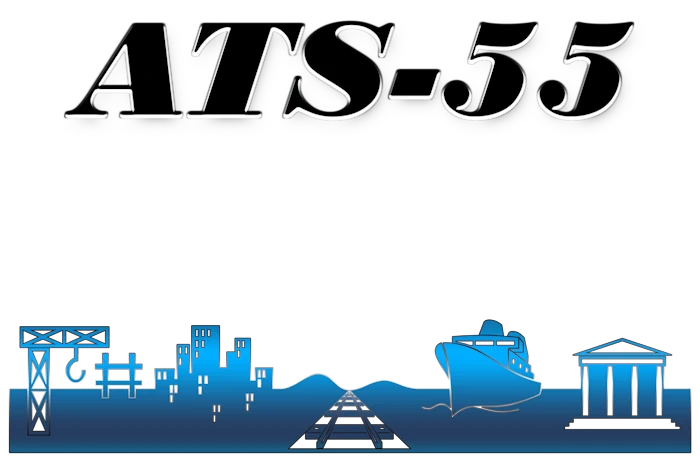
ATS-55 is a high-carbon stainless steel developed by Hitachi Metals. At the time of its development, ATS-55 was considered a premium steel with a performance level of 440C. Its
...AUS-10A Stainless Steel

AUS10A is a high-carbon stainless steel that is known for its strength, good hardness, and ease of sharpening. It is considered the strongest of the AUS series steels.
...AUS-8 Stainless Steel

AUS-8 is a Japanese high-quality stainless steel from the manufacturer Aichi Steel, which is used for the production of knives,
...CPM 154 Stainless Steel | 154 CM
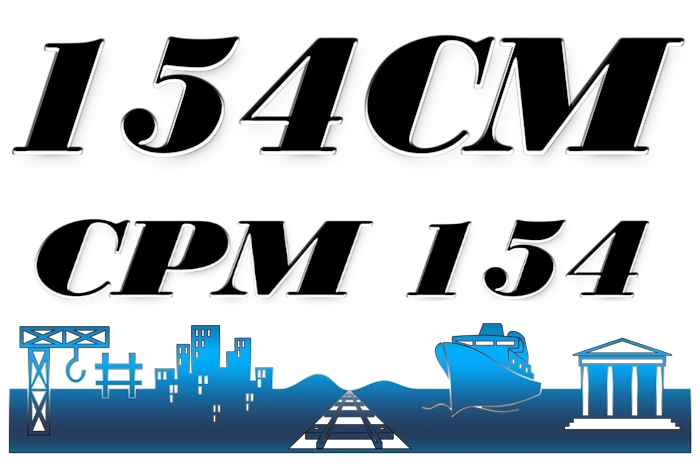
CPM 154 is CPM's version of the standard Crucible 154 CM steel. CPM's manufacturing process ensures a uniform distribution of carbides in this grade, giving CPM 154 easier
...CPM 20CV Stainless Steel
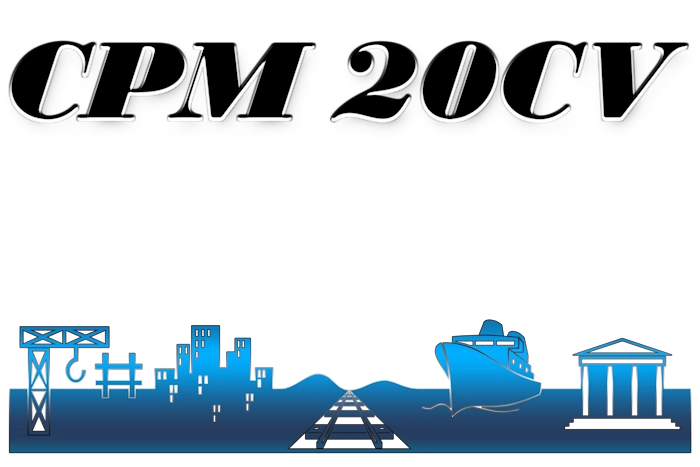
CPM 20CV is a unique tool steel manufactured using crucible metallurgy. It is a martensitic stainless steel with a high content of vanadium carbides for exceptional wear
...CPM D2 Stainless Steel
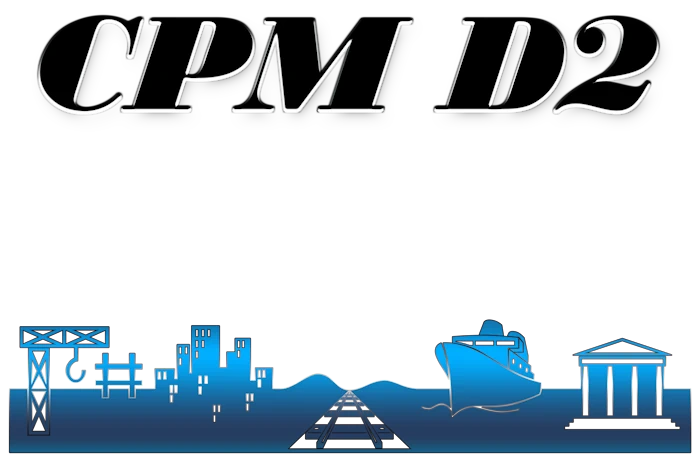
CPM D2 is a powdered version of the traditional D2 tool steel, manufactured using the Crucible Particle Metallurgy (CPM) technology by Crucible Industries. Compared to
...CPM MagnaCut Stainless Steel

MagnaCut is a unique powder metallurgical stainless tool steel whose design eliminates chromium carbide in the heat-treated microstructure. The superior combination of strength
...CPM MagnaMax Stainless Steel

MagnaMax is a powdered ultra-premium stainless steel for blades, developed by the American company *Crucible Industries, optimized for edge retention and is an excellent choice
...CPM MPL-1 Stainless Steel | Supracor
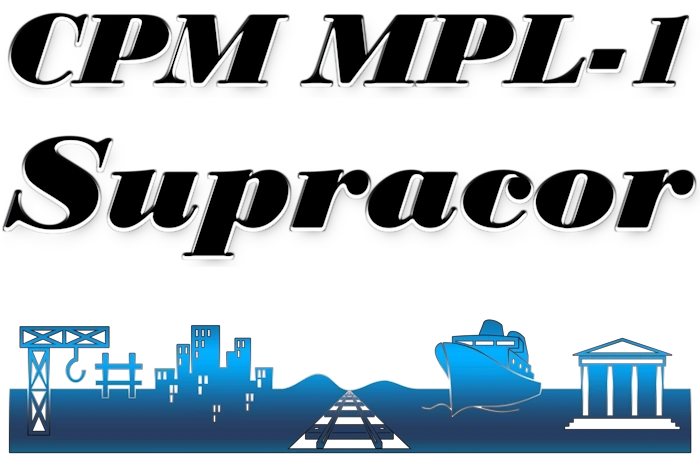
CPM MPL-1 (Supracor) is a powdered stainless steel developed in 1986 by Crucible and is one of the most popular powdered steels on the market. It has a very high carbon (3.80%)
...CPM S110V Stainless Steel
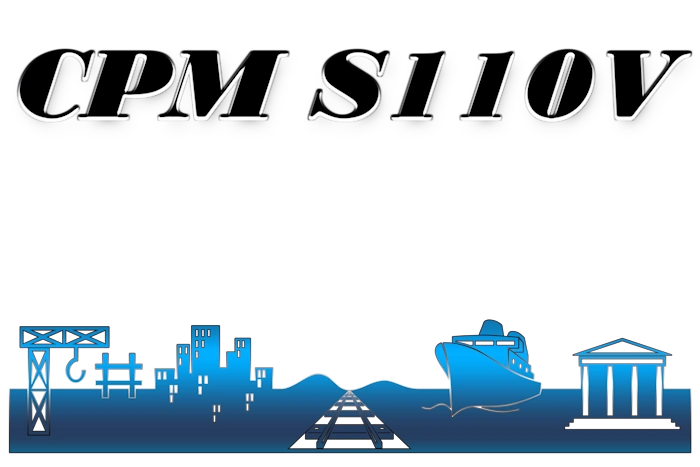
CPM S110V is a high-alloy martensitic stainless tool steel manufactured by the crucible metallurgy process (CPM). CPM S110V (cpm-s110v) contains a high volume fraction of both
...CPM S125V Stainless Steel
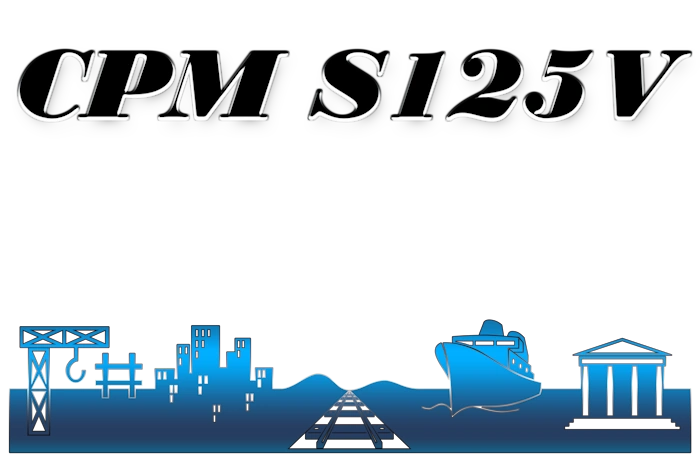
CPM S125V is a high-chromium martensitic powder stainless steel developed by Crucible Industries. It is known for its exceptional hardness, wear resistance, and corrosion
...CPM S30V Stainless Steel
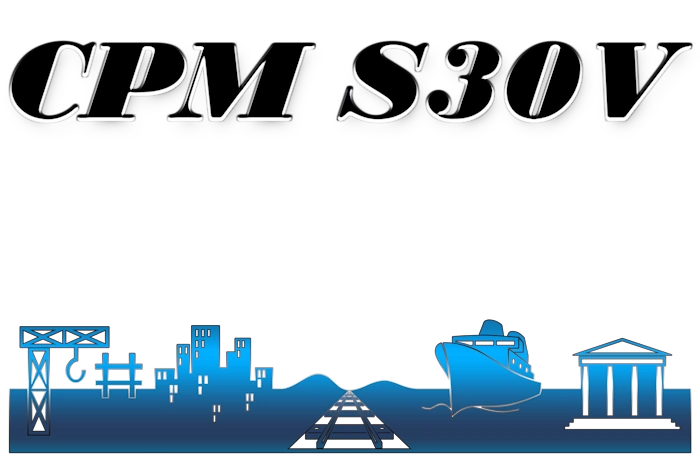
CPM S30V is a martensitic stainless steel designed to provide the best combination of strength, wear resistance and corrosion resistance. Its chemical composition has been
...CPM S35VN Stainless Steel
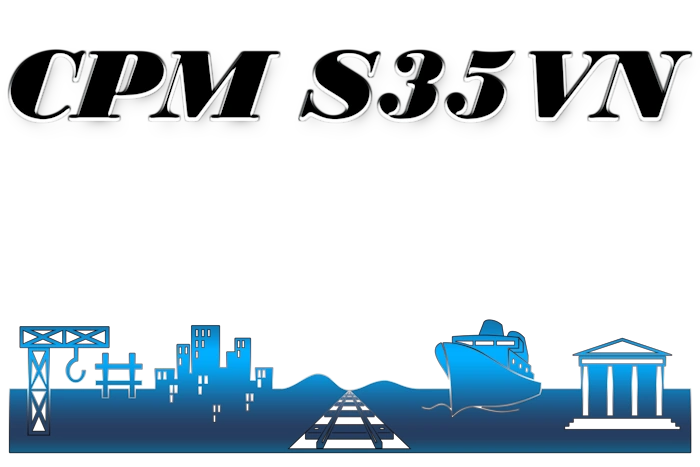
CPM S35VN is a martensitic stainless steel designed to provide improved toughness over CPM S30V. It is also easier to machine and polish than CPM S30V. Its chemical composition
...CPM S45VN Stainless Steel
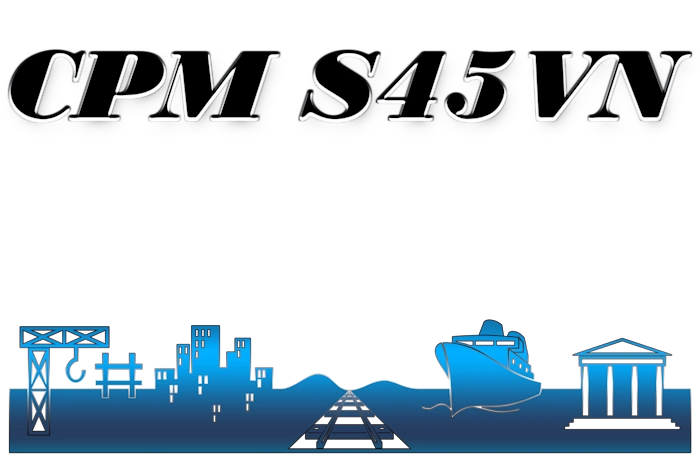
CPM S45VN is a martensitic stainless steel designed to provide improved corrosion and wear resistance over CPM S35VN. Its chemical composition has been rebalanced so that it forms
...CPM S60V Stainless Steel

CPM S60V is a corrosion-resistant, highly wear-resistant stainless tool steel manufactured by crucible metallurgy. It is essentially a 440C martensitic stainless steel enriched
...CPM S90V Stainless Steel
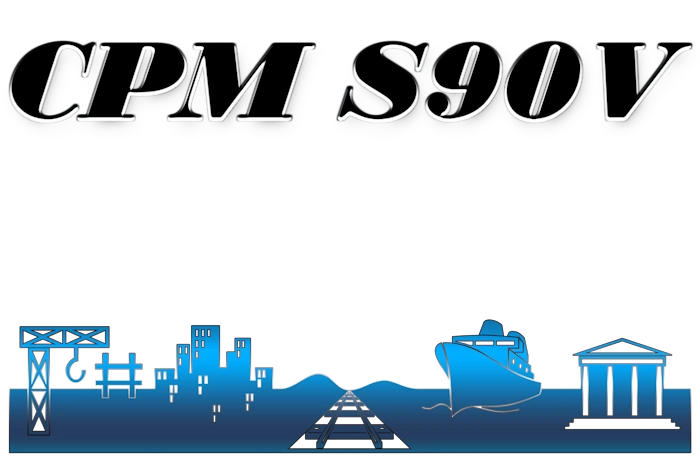
CPM S90V is a unique stainless tool steel manufactured by crucible metallurgy. The steel is martensitic with a high volume of vanadium carbides for good wear resistance. It
...CPM SPY27 Stainless Steel
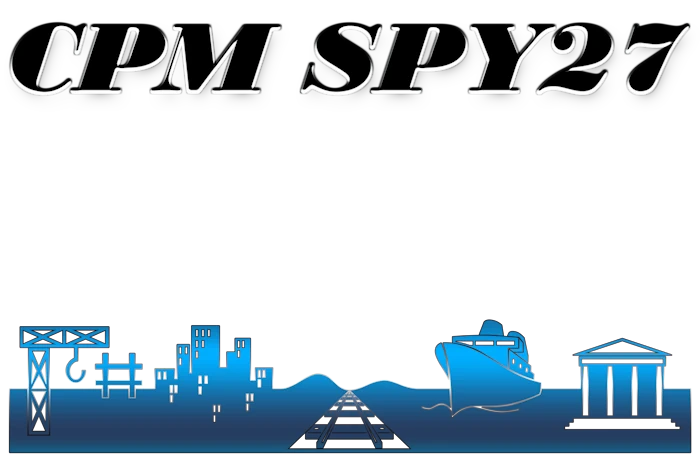
CPM SPY27 is a high-tech powdered stainless steel that occupies a special place in the world of knives. It is the result of a unique collaboration between the knife company
...CTS 204P Stainless Steel

CTS 204P is a highly wear-resistant and air-hardenable, corrosion-resistant, martensitic, cold-formed stainless die steel produced using the Micro-Melt powder metallurgy process.
...
Page 1 of 4